1. Pouwer F, Nefs G, Nouwen A. Adverse effects of depression on glycemic control and health outcomes in people with diabetes: a review. Endocrinol Metab Clin North Am. 2013; 42:529–544. PMID:
24011885.
2. Mommersteeg PM, Herr R, Pouwer F, Holt RI, Loerbroks A. The association between diabetes and an episode of depressive symptoms in the 2002 World Health Survey: an analysis of 231,797 individuals from 47 countries. Diabet Med. 2013; 30:e208–e214. PMID:
23614792.

3. van Dooren FE, Nefs G, Schram MT, Verhey FR, Denollet J, Pouwer F. Depression and risk of mortality in people with diabetes mellitus: a systematic review and meta-analysis. PLoS One. 2013; 8:e57058. PMID:
23472075.

4. Lin EH, Katon W, Von Korff M, Rutter C, Simon GE, Oliver M, Ciechanowski P, Ludman EJ, Bush T, Young B. Relationship of depression and diabetes self-care, medication adherence, and preventive care. Diabetes Care. 2004; 27:2154–2160. PMID:
15333477.

5. Koopmans B, Pouwer F, de Bie RA, van Rooij ES, Leusink GL, Pop VJ. Depressive symptoms are associated with physical inactivity in patients with type 2 diabetes. The DIAZOB Primary Care Diabetes study. Fam Pract. 2009; 26:171–173. PMID:
19321598.

6. Kongkaew C, Jampachaisri K, Chaturongkul CA, Scholfield CN. Depression and adherence to treatment in diabetic children and adolescents: a systematic review and meta-analysis of observational studies. Eur J Pediatr. 2014; 173:203–212. PMID:
23959326.

7. Sumlin LL, Garcia TJ, Brown SA, Winter MA, Garcia AA, Brown A, Cuevas HE. Depression and adherence to lifestyle changes in type 2 diabetes: a systematic review. Diabetes Educ. 2014; 40:731–744. PMID:
24939883.
8. Abas M, Ali GC, Nakimuli-Mpungu E, Chibanda D. Depression in people living with HIV in sub-Saharan Africa: time to act. Trop Med Int Health. 2014; 19:1392–1396. PMID:
25319189.

9. Krumme AA, Kaigamba F, Binagwaho A, Murray MB, Rich ML, Franke MF. Depression, adherence and attrition from care in HIV-infected adults receiving antiretroviral therapy. J Epidemiol Community Health. 2015; 69:284–289. PMID:
25385745.

10. Wroe EB, Hedt-Gauthier BL, Franke MF, Nsanzimana S, Turinimana JB, Drobac P. Depression and patterns of self-reported adherence to antiretroviral therapy in Rwanda. Int J STD AIDS. 2015; 26:257–261. PMID:
24828554.

11. Spero D. Motivating and enabling self-care in diabetes. Alternat J Nurs. 2007; 13:1–9.
12. Shrivastava SR, Shrivastava PS, Ramasamy J. Role of self-care in management of diabetes mellitus. J Diabetes Metab Disord. 2013; 12:14. PMID:
23497559.

14. Bot M, Pouwer F, de Jonge P, Tack CJ, Geelhoed-Duijvestijn PH, Snoek FJ. Differential associations between depressive symptoms and glycaemic control in outpatients with diabetes. Diabet Med. 2013; 30:e115–e122. PMID:
23181742.

15. Gonzalez JS, Safren SA, Delahanty LM, Cagliero E, Wexler DJ, Meigs JB, Grant RW. Symptoms of depression prospectively predict poorer self-care in patients with type 2 diabetes. Diabet Med. 2008; 25:1102–1107. PMID:
19183315.

16. Gonzalez JS, Peyrot M, McCarl LA, Collins EM, Serpa L, Mimiaga MJ, Safren SA. Depression and diabetes treatment nonadherence: a meta-analysis. Diabetes Care. 2008; 31:2398–2403. PMID:
19033420.

17. Miller SA. Developmental research methods. Los Angeles: Sage publications;2013.
19. Weinger K, Butler HA, Welch GW, La Greca AM. Measuring diabetes self-care: a psychometric analysis of the self-care inventory-revised with adults. Diabetes Care. 2005; 28:1346–1352. PMID:
15920050.
20. Bech P, Rasmussen NA, Olsen LR, Noerholm V, Abildgaard W. The sensitivity and specificity of the major depression inventory, using the present state examination as the index of diagnostic validity. J Affect Disord. 2001; 66:159–164. PMID:
11578668.

21. Cuijpers P, Dekker J, Noteboom A, Smits N, Peen J. Sensitivity and specificity of the major depression inventory in outpatients. BMC Psychiatry. 2007; 7:39. PMID:
17688685.

22. American Diabetes Association. Clinical practice recommendations. Diabetes Care. 1998; 21(Suppl 1):S1–S98.
23. Hapunda G, Abubakar A, van de Vijver F, Pouwer F. Living with type 1 diabetes is challenging for Zambian adolescents: qualitative data on stress, coping with stress and quality of care and life. BMC Endocr Disord. 2015; 15:20. PMID:
25928592.

24. Tol A, Shojaeezadeh D, Sharifirad G, Eslami A, Alhani F, Mohajeritehrani M. Predictors of self-management behaviors among type 2 diabetes patients. J Basic Appl Sci Res. 2012; 2:2270–2274.
25. Chou KL, Chi I. Prevalence of depression among elderly Chinese with diabetes. Int J Geriatr Psychiatry. 2005; 20:570–575. PMID:
15920708.

26. Dixon JB, Browne JL, Mosely KG, Rice TL, Jones KM, Pouwer F, Speight J. Severe obesity and diabetes self-care attitudes, behaviours and burden: implications for weight management from a matched case-controlled study. Results from Diabetes MILES: Australia. Diabet Med. 2014; 31:232–240. PMID:
23952552.
27. Meltzer LJ, Johnson SB, Prine JM, Banks RA, Desrosiers PM, Silverstein JH. Disordered eating, body mass, and glycemic control in adolescents with type 1 diabetes. Diabetes Care. 2001; 24:678–682. PMID:
11315830.

28. Hapunda G, Abubakar A, Pouwer F, van de Vijver F. Diabetes mellitus and comorbid depression in Zambia. Diabet Med. 2015; 32:814–818. PMID:
25438660.

29. McKellar JD, Humphreys K, Piette JD. Depression increases diabetes symptoms by complicating patients' self-care adherence. Diabetes Educ. 2004; 30:485–492. PMID:
15208846.

30. Markowitz SM, Gonzalez JS, Wilkinson JL, Safren SA. A review of treating depression in diabetes: emerging findings. Psychosomatics. 2011; 52:1–18. PMID:
21300190.

31. Singh Balhara YP, Verma R. Management of depression in diabetes: a review of psycho-social interventions. J Soc Health Diabetes. 2013; 1:22–26.

32. Goodnick PJ. Use of antidepressants in treatment of comorbid diabetes mellitus and depression as well as in diabetic neuropathy. Ann Clin Psychiatry. 2001; 13:31–41. PMID:
11465683.

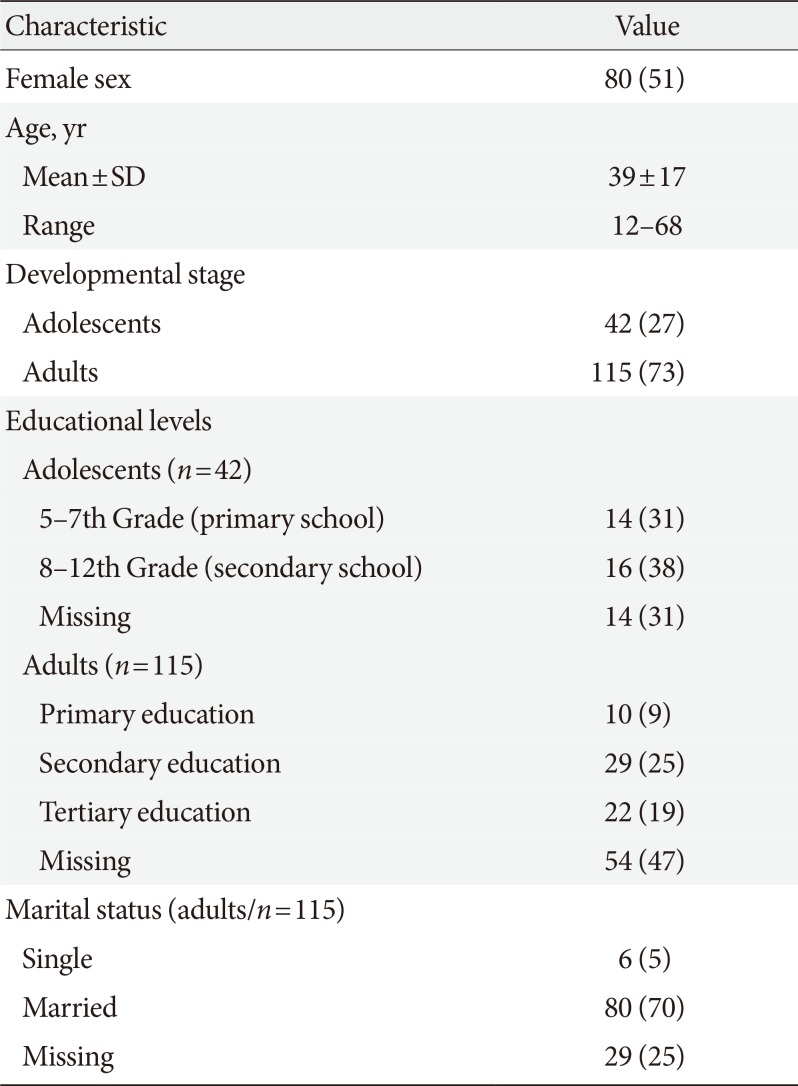
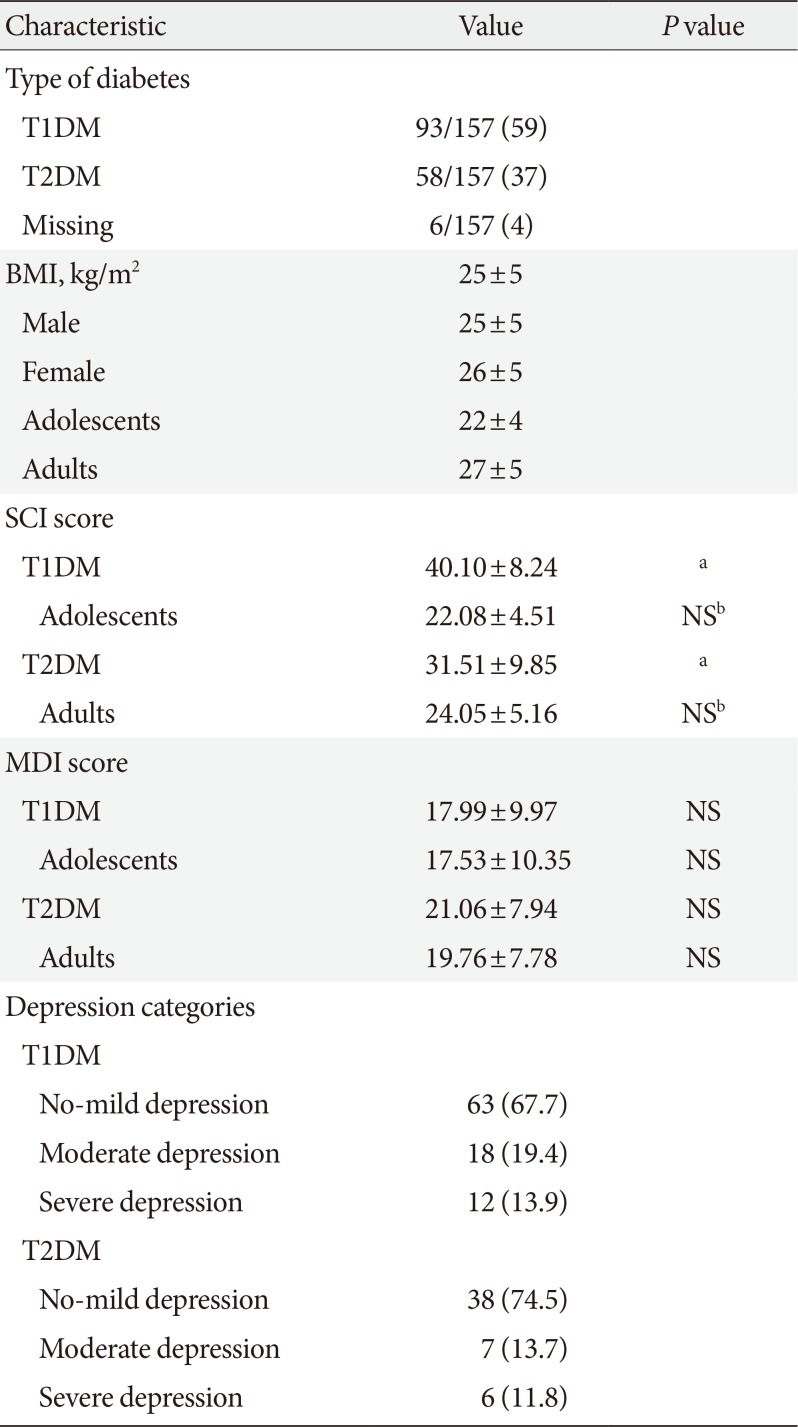
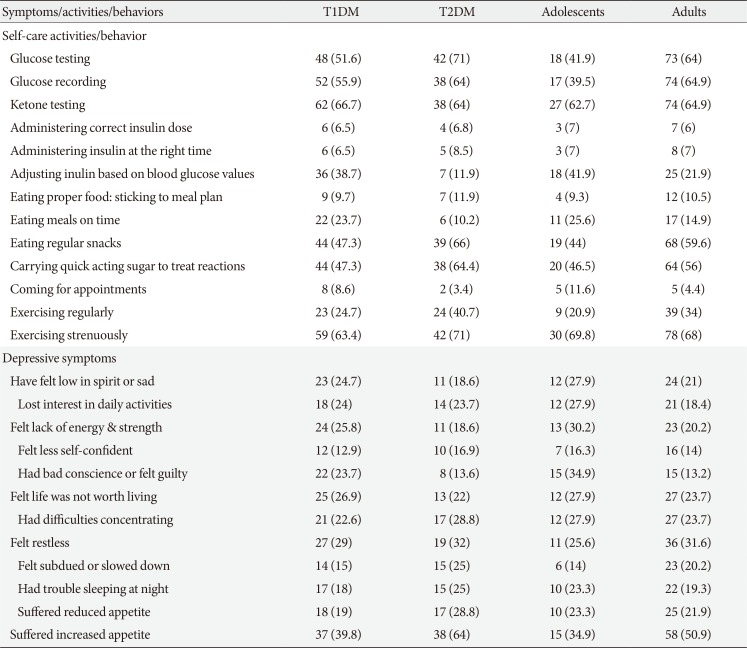
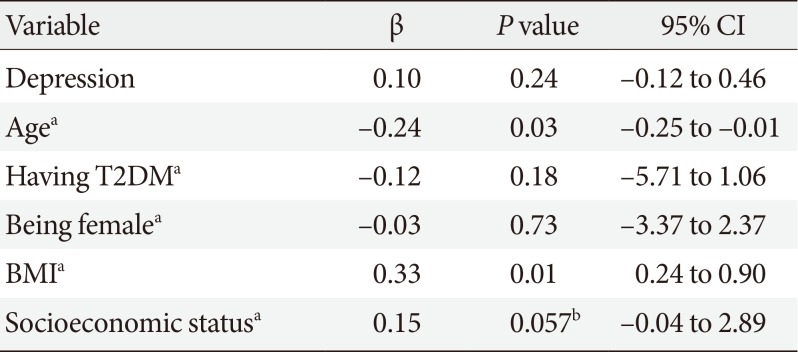
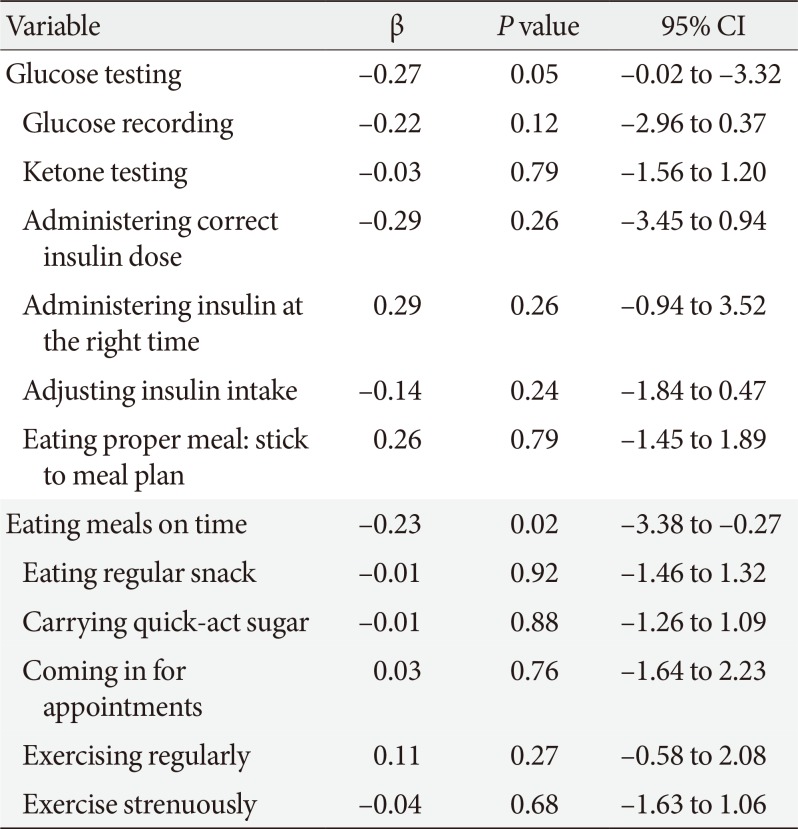




 PDF
PDF ePub
ePub Citation
Citation Print
Print



 XML Download
XML Download